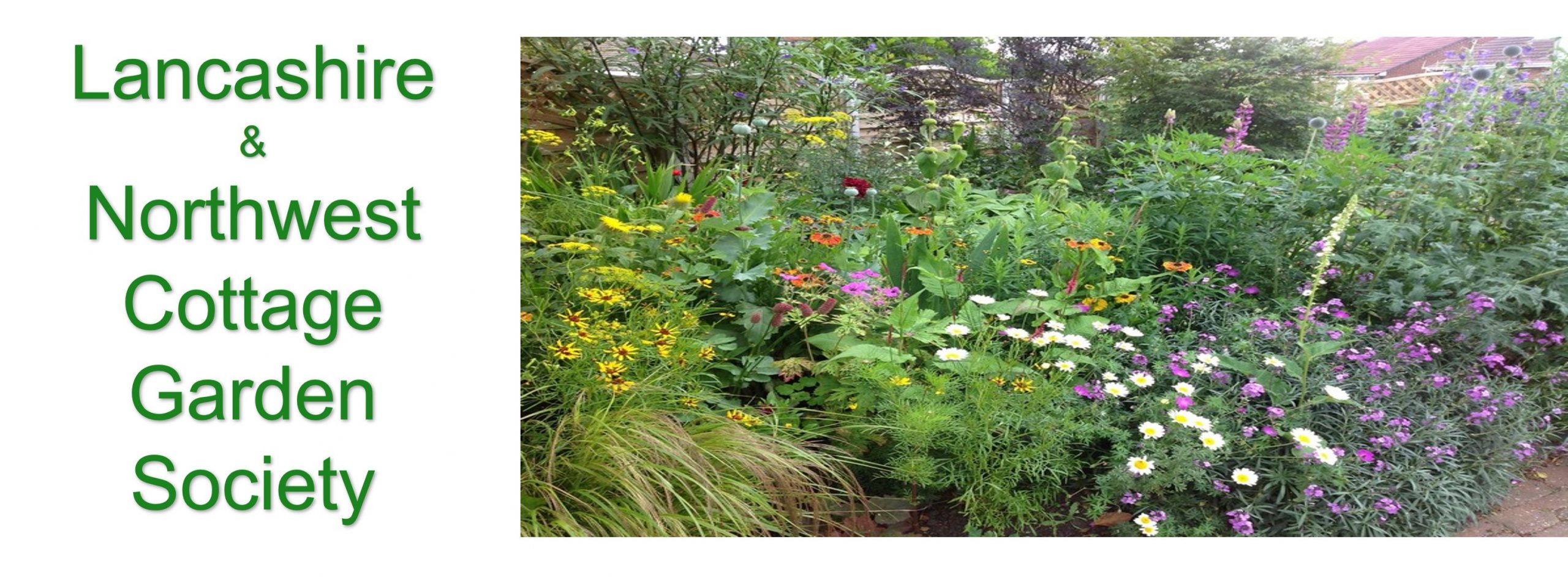Southport Flower show 2016 – awarded a GOLD medal
The theme was ‘Mediterannean’
The term “Mediterranean” conjures up images of white villas, glasses of wine on sun-drenched terraces and scarlet pelargoniums in terracotta pots.
In general a Mediterranean climate is one of hot, dry summers and cool, moist winters. The natural vegetation of the region consists largely of evergreen trees and shrubs as opposed to over deciduous kinds, an abundant variety of annual plants and a large variety of bulbous plants.
The most satisfying Mediterranean gardens are those where foreign exotica rub shoulders with the native vegetation. Where Cistus and rosemary, lavender and thyme find company with Brugmansia, Yucca, Agave and Acacia.
Soil is mostly chalky and thus plants disliking chalk, such as Rhododendrons and Azaleas, are not widely planted. Water availability may be limited and so plants resisting drought, such as those of tomentose (hairy) leaves or succulent leaves, thrive.
Some Mediterranean gardens may take one’s breath away with the splendour of the view and vistas to be had from their lofty terraces. We have tried to emulate this with our backdrop. We hope that our planting will give a flavour of the Mediterranean. Rosemary, thyme and lavender fill the air with their rich and varied aromas. Olive trees, citrus, palms and succulents introduce a sub-tropical feel whilst scarlet pelargoniums in terracotta pots adorn the terrace. We maintain the Cottage Garden tradition by mixing herbs and fruits with colourful flowers.
We hope that we have given you some ideas to create your own little bit of the Mediterranean
